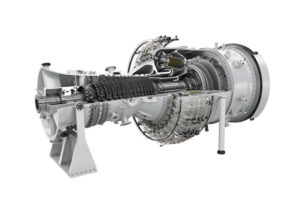Airports of Thailand Plc (AoT) is adopting a fast-track approach to arrest the capacity shortfall at Thailand’s top three airports.
The move will accelerate development beyond the existing time lines, which have proved insufficient to keep pace with spiking air traffic.
Designed to deal with more immediate traffic build-up will be the opening of a third runway at Suvarnabhumi airport, restoration of the closed passenger terminal 2 (T2) at Don Mueang airport and construction of a temporary passenger terminal at Phuket airport.
These are on top of the programme upgrades that until recently featured large in the state-controlled airport firm’s development but whose completion would still not be enough to address congestion already being felt, not to mention continued incremental growth.
AoT chairman Sita Divari on Thursday outlined these additional plans at a briefing, saying the AoT board urged management to be more proactive in meeting air traffic demand at these three airports.
The boldest move is the board’s instruction to draw up an execution plan for the long-awaited third runway at Suvarnabhumi in the guise of a “reserve” runway.
This is a technical status that will allow the airport to sidestep the need for a stringent new environmental impact assessment (EIA) and health impact assessment (HIA).
The reserve runway would help to relieve the huge capacity strain for take-offs and landings when either of the two existing runways is down for maintenance or face an emergency shutdown.
Mr Sita, who took over at AoT four months ago, explained construction of the reserve runway is covered by the EIA approved for the first stage of Suvarnabhumi’s development.
But to be classified as a reserve runway, the maximum length is limited to 3,000 metres rather than the normal 4,000 metres.
AoT estimates the costs of building the reserve runway at 10 billion baht, significantly less than the 14 billion required for a full-length third runway.
The company wants the reserve runway, on land that was already impacted years ago in preparation for construction, up and running in two years.
Later on, when new EIA and HIA endorsement has been granted, AoT will extend it to the full 4,000 metres.
For Don Mueang, the AoT board on Wednesday endorsed a plan to reactivate the passenger T2 and related facilities at an estimated cost of 3 billion baht. The move is aimed at arresting the growing traffic in T1, mostly for low-cost carriers.
T2 will reopen in November 2014, boosting Don Mueang’s combined passenger handling capacity to 30 million a year from 18.5 million.
For Phuket airport, AoT has earmarked 100 million baht to build a temporary passenger terminal with a stripped-down design on four-rai land to relieve heavy congestion at the existing terminal.
The temporary terminal can be ready in only four months, adding capacity to handle 4-5 million passengers annually on top of the 6.5-million capacity of the present terminal.
This year’s passenger volume in Phuket is expected to reach 10.5 million.
Phuket airport’s ongoing 5.8-billion-baht expansion will be fully completed in mid-2015, boosting total annual passenger handling capacity to 12.5 million.
Mr Sita said Suvarnabhumi’s expansion, costing 62 billion baht excluding the third runway construction, remains on track.
He vowed to see the project completed on time in 2017, when combined passenger annual handling capacity will rise by a third to 60 million.
Source: www.bangkokpost.com

